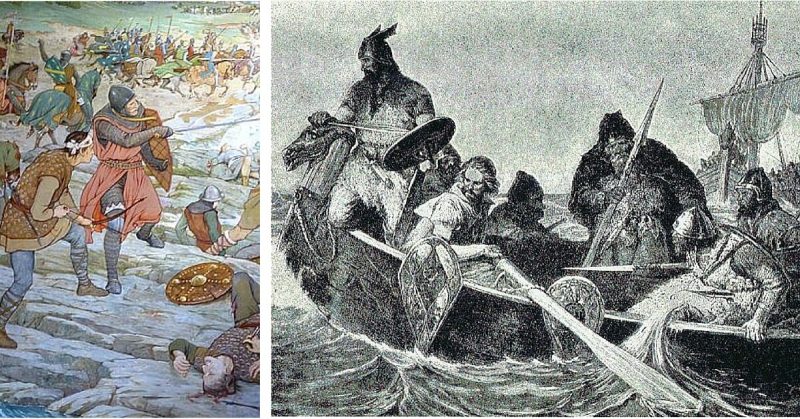It was the age of the Great Mongol Khans. It was the age of Byzantium, of the Holy Roman Empire. The wars of the Reconquista raged on the Iberian Peninsula, and the Knights Templar operated from the huge fortress-monastery at Tomar in Portugal. It was the thirteenth century, a dangerous time to be alive.
King Haakon of Norway was in the southernmost Scottish Hebrides with a great fleet. Here, in the thick belt of islands which stretches the length of the west coast of Scotland, the Kings of Norway had long held sway, but the Kings of Scotland had their eyes fixed on their conquest. They had even tried to buy the islands from the Norwegian crown, and when this didn’t work they turned to raiding and plundering.
In 1263, determined to reassert his claim, Haakon had raised an army and set sail for the west coast of Scotland. His regent in the Scottish islands was named King John of the Hebrides, but his loyalty was supposed to be to the Norwegian throne. Haakon had heard rumors that John’s fealty was given over to the Scottish king, with oaths sworn and lands exchanged. He was determined to find out the truth for himself.
The main body of his fleet was now numbered more than one hundred ships. He had sailed south, and in August, he anchored his huge flagship between the Kintyre peninsula and the tiny island which they called simply ‘the good isle.’
This was an unusually warm and fertile little island, with sweet water and rich, loamy soil. It was here, in a sheltered bay, that King Haakon of Norway met his vassal King John, and learned the truth of his betrayal. King John entreated Haakon to give up his claim to the Hebrides, but Haakon would not heed him and he was determined to make good his claim in battle. Norwegian aiding parties were sent to nearby settlements to bring plunder and fresh supplies, John was made captive, and the war-fleet set sail.
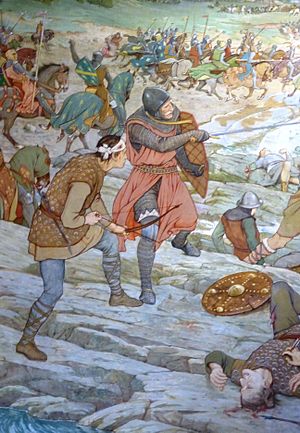
They sailed, round the Mull of Kintyre, then north past the mysterious Isle of Arran, where they anchored. They were headed inland, north up the Firth of Clyde. In Haakon’s mind there was an image of the austere and ancient stronghold at Dumbarton Rock, which guarded the approach to the bustling port of Glasgow, but it was not to be.
A storm was brewing. When night fell, the anchored fleet was beaten about the water by the rising wind. The rain fell in torrents, and six of the Haakon’s ships were driven aground near the modern town of Largs. One of these ships was a transport, laden with supplies and fresh plunder.
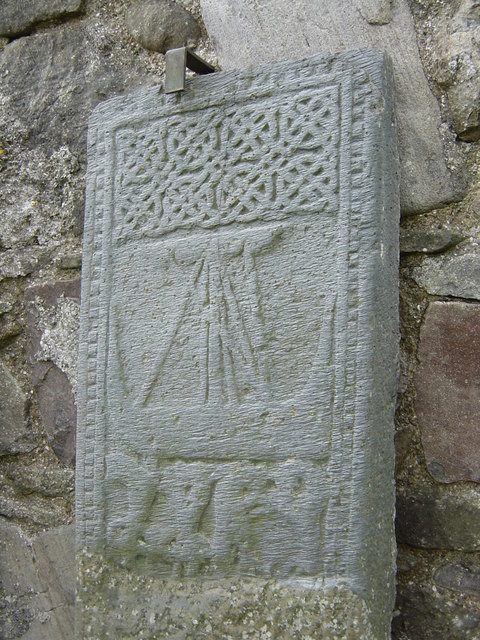
Onshore, the Scottish army had been shadowing the progress of Haakon’s fleet up the coast, and now a small, fast moving detachment of archers and spearmen moved to challenge the beached Norsemen. Their strength was tested. A hail of missiles, arrows and stones from slingshots rained down upon the stranded men, but they defended their ships. Many were wounded, but few were killed. As the weather improved, the Scottish force withdrew inland, and king Haakon sent troops to reinforce the men on the beach.
The King himself came ashore with the reinforcements. It seemed clear to him now that a larger Scottish force must be nearby, and he wished to salvage his battered ships and his dead before he set sail again. All night and into the morning the Norsemen trickled ashore until their force numbered almost a thousand. The transport ship was righted and towed out to rejoin the fleet.
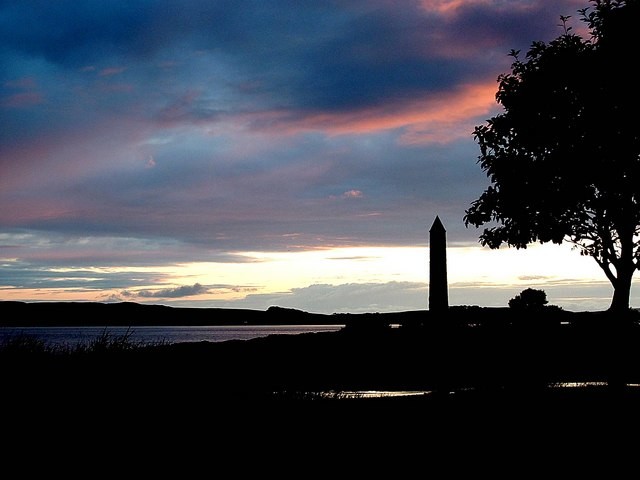
Ogmund Crow-Dance, a renowned warrior of King Haakon’s own household, was stationed a little inland, on top of a low hill with two hundred men. On the beach, defending the warships which lay in the surf, was the King and another eight hundred men.
Over the dunes, the tramp of many feet could be heard, and the clink and creak of gear and weapons. The main body of the Scottish army was approaching. They were well arrayed. Many, many horsemen were there, the warhorses clad in plate armour and the riders also, like huge and terrible machines, faceless, heavy and clanking. There were many men on foot also, clad in mail and in pieces of plate, and armed with slings, short bows, long spears and broad, two-handed swords. The Norsemen estimated that this army outnumbered their own small force by at least ten to one.
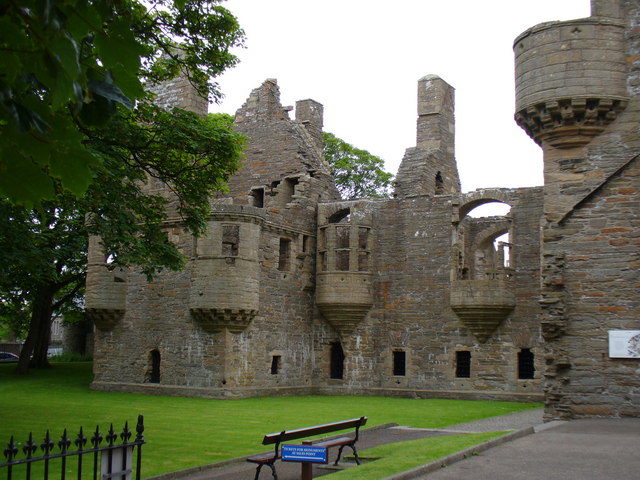
They begged the King to return to the fleet for his own protection, and reluctantly, he agreed. He would send more reinforcements if he could. As his small boat set sail, the wind got up, and again the rain began to fall.
The Scottish army did not wait. In good order, they began to march toward the beach, and Ogmund, perceiving that his little body of men should soon be cut off from help or from retreat, gave the order to withdraw from the hill.
On the beach, fierce fighting broke out. The freezing rain was falling in sheets now, and the Scottish vanguard of spears and bows engaged the force on the beach while sending a rain of arrows and stones toward Ogmund’s retreating group. Slowly, like the oncoming tide, more and more Scottish foot soldiers were coming into view, forming up at the top of the beach.
In disorder, Ogmund’s group joined the main force on the beach. Some men fled to the boats and pushed off, seeing their fellows come running as if in a rout. The others on the beach stood fast, but the Scots attacked them again, now driving them away from the ships. The Norsemen reformed and pushed back north, and the Scots withdrew again.
A great body of cavalry and men now occupied the hill. The beleaguered Norsemen stood once again by their ships, the dead and the wounded scattered on the beach. The fighting lulled as the day passed, then, as evening came the Norsemen advanced in force against the hill. There was a sharp clash of arms, but it was brief. The Scots withdrew, but in good order and with few casualties.
The weather had improved, and the Norsemen, in the face of what seemed a crushing retreat by the Scots, were able to escape the beach and rejoin their fleet as night fell. King Haakon returned in the morning, and the dead were collected from the beach to be buried with honour. The damaged ships were burned, and the fleet set sail once more.
Haakon made his plans. Winter was approaching, and his fleet was large and unwieldy, with many mouths to feed. The Scottish army’s strength had been gauged and had not been found wanting. He would sail North once more, and would winter his army in the Orkney Islands to north of Scotland. In the Spring, he would return to continue his campaign against Scotland.
It was not to be. King Haakon IV of Norway died at Kirkwall in Orkney in the winter of 1263, after a short and rapid illness, and his great fleet did not engage the Scots in battle again. Haakon’s Scottish campaign had ended almost before it had begun, and their only battle was an inconclusive, unplanned skirmish.
Three years later, Haakon’s son and heir, Magnus, now King of Norway, made peace with the Scottish Crown and ceded the disputed territory to Scotland. The islands have remained part of Scotland ever since.
-by Barney Higgins
